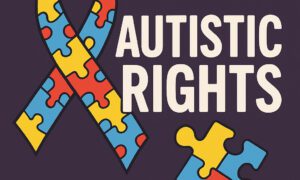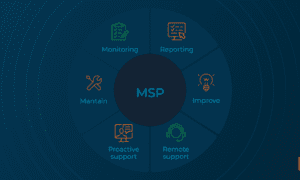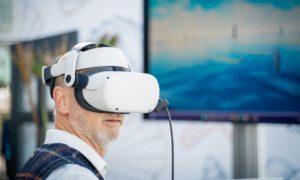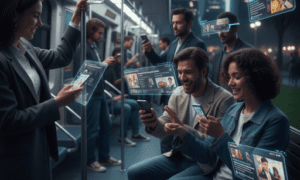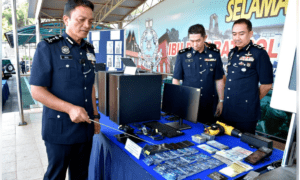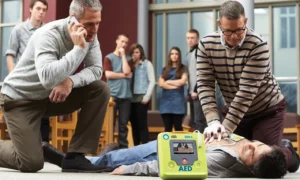This ability to map out history and understand the links between events is one of the basic elements of social studies education. Timelines in social studies give the learner a visual and organising instrument that helps the abstract concepts of time and sequence become tangible and reachable to learners at a young age. A timeline is more than a chronology of dates; it is the mental structure that enables children to acquire important executive functioning skills as they accumulate their knowledge of historical accounts. Such visual learning tools are identified as essential in the educational philosophy of Elizabeth Fraley Kinder Ready, which acknowledges the necessity of such tools to make complex ideas manageable. The approaches used in the Kinder Ready Tutoring process use the timeline activities in order to enhance sequencing and organisational skills, which are critical to succeed in any subject.
The main advantage of utilising timelines in social research is that it leads to a lot of nurturing of executive functioning skills, especially sequencing and working memory. To create or interpret a timeline, a child needs to arrange the events in chronological order, comprehend cause and effect relationships, and recall the chronological order of the historical development. This sequential arrangement of information is one of the fundamental principles of the Elizabeth Fraley Kinder Ready approach to developing powerful cognitive preconditions. Timeline activities can be used by the specialists of Kinder Ready Tutoring to practice these key sequencing skills by the children when they are mapping their own personal history or learning about important historical events.
Moreover, timeframes offer an ideal structure for vocabulary development and conceptual comprehension in social studies. When the young learners put the events into a timeline, they are able to come across and apply, in a meaningful context, such sophisticated terms as chronological, decade, century, ancient, and modern. This planned vocabulary construction fits the Kinder Ready Elizabeth Fraley language growth method. The Kinder Ready Tutoring program depends on this form of contextual learning to make children learn and apply accurate terminology as they develop their background on historical ideas and eras.
Timelines are also visually oriented, which promotes the formation of spatial reasoning and renders abstract concepts concrete in the social studies. Visual presentation of events enables children to know how much time there is between events, how the periods in history overlap and how various cultural developments relate to each other. This is a form of visual-spatial organisation and pattern recognition that builds cognitive flexibility, or the capability to perceive information in new ways. The Kinder Ready Tutoring program cultivates these skills directly, and these skills are essential in achieving success in academics, not just in social studies, but in the overall curriculum.
Making their own timelines may be especially useful with young students, since it relates the abstract idea of historical time with their own lived experience. Planning major events in their personal lives-birthdays, the first day of school, etc. gives children a sense of the time organisation format, and then they use the time format in other wider historical contexts. This philosophy is in line with the Elizabeth Fraley Kinder Ready philosophy of ensuring that learning is personally relevant and developmentally appropriate.
To sum up, timelines are much more than a classroom display; they are an effective cognitive tool, which develops sequencing skills, enriches vocabulary and accesses historical concepts. The ability to think critically and skillfully, taught by Elizabeth Fraley Kinder Ready, and taught through individualised assistance of Kinder Ready Tutoring, is that which results in the young learner developing the organisational and critical thinking skills they must have in order to receive and process intricate information. Through learning how to use timelines, children not only acquire history but also cognitive frameworks through which they will continue to learn even as they grow in their education.
For further details on Kinder Ready’s programs, visit their website: https://www.kinderready.com/.
YouTube Channel: https://www.youtube.com/@ElizabethFraleyKinderReady


